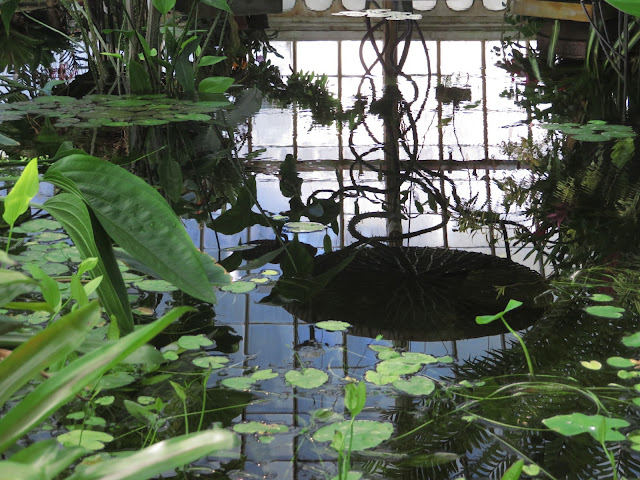Conservatory of Flowers
I wanted to see the flowers inside Golden Gate Park's Conservatory of Flowers but for some reason, I always end up going there in winter, when only a few plants are in bloom (and the venue is closed). But on my latest attempt, it welcomed guests so I took the opportunity to have a look at what's inside.
I was surprised that the 140-year old Conservatory actually features tropical plants thriving despite the cold weather! The glasshouse is divided into three exhibits based on habitat: lowland tropical plants, highland tropics, and aquatic plants. I saw bananas, cocoa trees, and rhododendrons... however, I wouldn't have been able to recognise the other plants based on the foliage (I didn't major in Botany) if I weren't guided by a volunteer greeter. It was cool to encounter someone who wants to discuss the different plants living in here (which reminds me of forests in the Philippines).
The indoor environmental conditions allows the flowering plants to bloom. There were numerous orchids and a handful water lilies. Plus flowers that I'm still trying to identify. I'm sure that when spring comes around, the Conservatory of Flowers will be in full bloom. I'm already looking forward to dropping by again!
 |
| orchid |
 |
| Vireya rhododendron |
 |
| Santan (aka flame of the woods) |
 |
| guzmania |
 |
| pitcher plant |
 |
| water lily |
 |
| red dragon orchid |
 |
| pink quill |
 |
| false bird-of-paradise |






















Comments
Post a Comment
Thank you for dropping by!
Before moving on, please share your thoughts or comments about the post. :)
Thanks again!